The art of cold brewing green tea has gained significant popularity among tea enthusiasts in recent years. Unlike traditional hot brewing methods, cold brewing extracts flavors slowly over time, resulting in a smoother, less astringent cup. Among the many variables that affect the final product, steeping duration stands out as one of the most crucial factors. This article explores the nuanced differences between 4-hour and 8-hour cold brewed green tea, examining how time transforms the beverage's aroma, taste, and overall drinking experience.
When green tea leaves meet cold water, a delicate dance of chemical extraction begins. The lower temperature slows down the process, allowing certain compounds to shine while suppressing others. At the 4-hour mark, the brew typically exhibits a light, refreshing character with subtle floral notes dancing on the palate. The shorter steeping time preserves much of the tea's natural sweetness while minimizing the release of bitter tannins. This makes for an invigorating drink perfect for warm afternoons or as a gentle caffeine boost.
As the clock continues ticking toward the 8-hour threshold, the tea undergoes a remarkable transformation. The extended contact time allows for a more complete extraction of amino acids, particularly L-theanine, which contributes to the tea's umami depth. What begins as a bright, crisp infusion evolves into a rounder, more substantial beverage with layered complexity. The longer steep also coaxes out catechins and other polyphenols, resulting in a slightly more astringent finish that many connoisseurs appreciate.
The visual differences between the two steeping times become immediately apparent upon pouring. A 4-hour cold brew often displays a pale golden hue, reminiscent of morning sunlight filtering through young leaves. In contrast, an 8-hour extraction typically yields a deeper, more vibrant green-gold color that hints at the concentrated flavors within. These visual cues provide the first indication of how time has shaped each cup's personality.
Aroma profiles diverge significantly between the two steeping durations. The shorter brew tends to emphasize the tea's volatile compounds, offering pronounced grassy and vegetal notes with occasional whispers of citrus or stone fruit. After 8 hours, these top notes mellow while underlying aromas of steamed greens, nuts, and sweet hay come forward. The bouquet becomes more integrated and harmonious, though perhaps less immediately striking than its younger counterpart.
Mouthfeel represents another area where time works its magic. A 4-hour cold brew glides across the tongue with almost ethereal lightness, leaving a clean, thirst-quenching impression. The extended version develops more body and viscosity, coating the palate in a way that enhances flavor perception. This textural difference often determines which version a drinker might prefer - those seeking refreshment tend toward the shorter steep, while others desiring a more substantial experience opt for the longer extraction.
Caffeine content, while often a concern for tea drinkers, shows less variation between the two steeping times than one might expect. Cold water extracts caffeine more slowly than hot, and the difference between 4 and 8 hours proves relatively modest. However, the perceived stimulation differs due to how other compounds modulate caffeine's effects. The higher L-theanine content in the 8-hour brew creates a smoother, more balanced energy lift compared to the quicker steep's brighter alertness.
Temperature plays an intriguing role in how we perceive these cold brews. When sampled slightly chilled, the 4-hour version's crispness shines, while the 8-hour brew's complexities become more apparent as it approaches room temperature. This suggests ideal serving conditions for each - the shorter steep benefits from ice-cold serving, whereas the longer extraction reveals its full spectrum when allowed to warm slightly in the glass.
Food pairings naturally differ between the two teas. The 4-hour cold brew makes an excellent companion to light salads, fresh fruit, or delicate seafood dishes where its brightness can cut through richness without overwhelming subtle flavors. The 8-hour version stands up well to heartier fare - try it with grilled vegetables, nutty cheeses, or even mildly spiced Asian cuisine where its depth can complement rather than compete with bold flavors.
Storage considerations come into play when comparing these steeping methods. The 4-hour brew, being less extracted, maintains peak quality for a shorter window - ideally consumed within 24 hours. The 8-hour version, with its more stable compound profile, can often be refrigerated for two to three days without significant quality loss. This makes the longer steep more convenient for those who like to prepare larger batches in advance.
Health-conscious drinkers often wonder about antioxidant differences between the two methods. While both cold brewing techniques preserve more heat-sensitive compounds than hot brewing, the 8-hour version typically contains marginally higher levels of certain polyphenols. However, the 4-hour brew may offer better preservation of volatile antioxidants that can dissipate over longer steeping times. In practical terms, both provide excellent health benefits with slightly different phytochemical profiles.
Regional green tea varieties respond uniquely to different cold brewing durations. Japanese sencha, for instance, reaches a beautiful balance at around 4 hours, showcasing its signature marine notes without developing unwanted bitterness. Chinese longjing (dragonwell) tea, on the other hand, often benefits from the full 8 hours, allowing its chestnut-like sweetness to fully emerge. These variations remind us that optimal steeping time depends as much on tea type as personal preference.
The choice between 4-hour and 8-hour cold brewed green tea ultimately comes down to occasion and intention. Morning drinkers might favor the quicker steep for its lively character that jumpstarts the day, while evening sippers could prefer the longer version's soothing depth. Seasonal preferences also emerge - the 4-hour brew quenches summer thirst magnificently, while the 8-hour version satisfies during transitional weather when we crave something more substantial.
Experimentation remains key to discovering personal preferences. Try brewing the same tea for both durations simultaneously to compare them side by side. Notice how time alters not just flavor but your emotional response to each cup. Some days call for the youthful vibrancy of a 4-hour steep; others demand the contemplative wisdom of an 8-hour extraction. This variability constitutes part of cold brew green tea's enduring charm.
As the cold brew movement continues evolving, understanding these temporal nuances allows tea lovers to craft their perfect cup. Whether opting for the bright clarity of a shorter steep or the profound complexity of a longer one, each method offers distinct pleasures. The beauty lies not in declaring one superior, but in appreciating how a simple variable like time can create such diverse experiences from the same leaves.
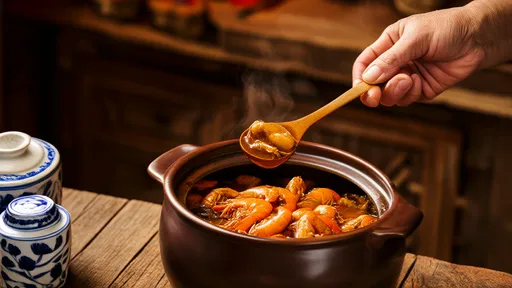
By /Aug 11, 2025
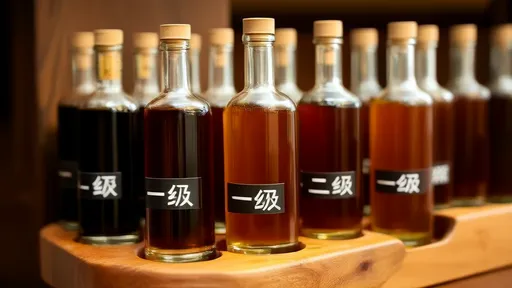
By /Aug 11, 2025
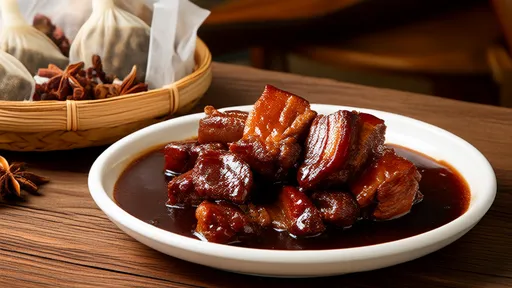
By /Aug 11, 2025
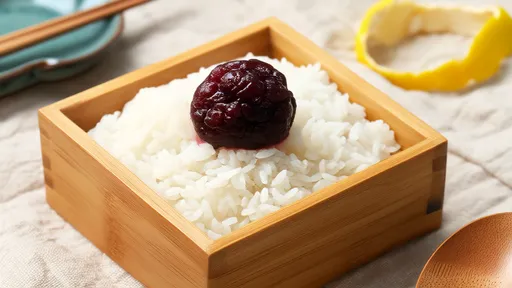
By /Aug 11, 2025

By /Aug 11, 2025

By /Aug 11, 2025
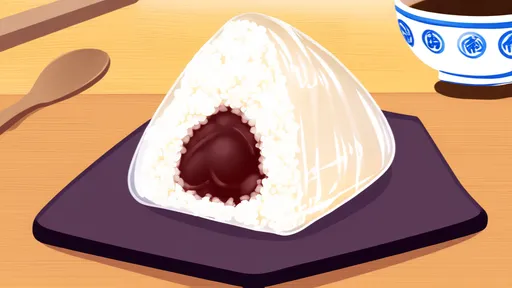
By /Aug 11, 2025
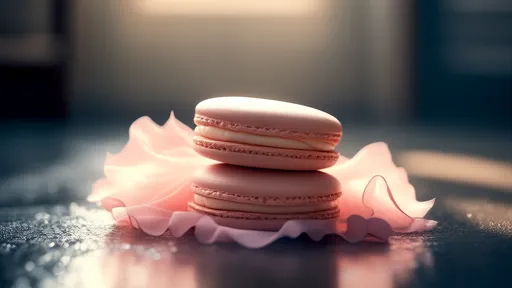
By /Aug 11, 2025
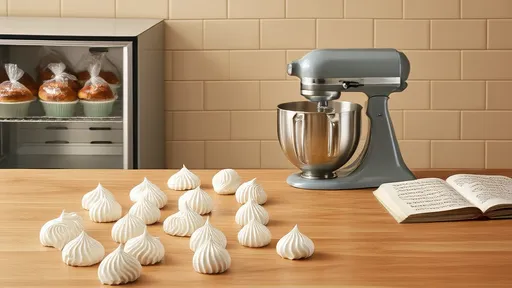
By /Aug 11, 2025
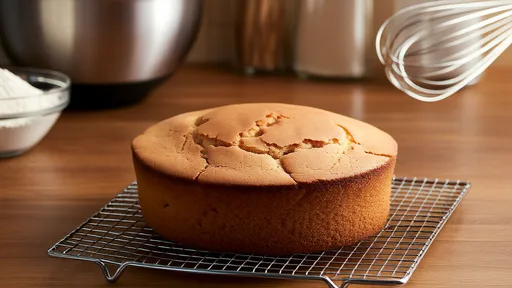
By /Aug 11, 2025
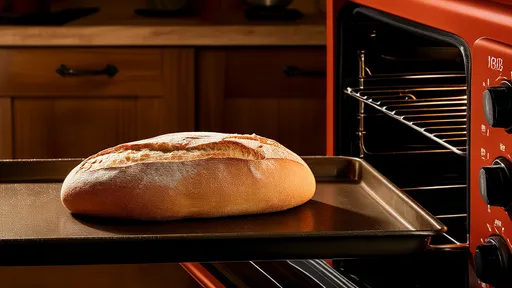
By /Aug 11, 2025
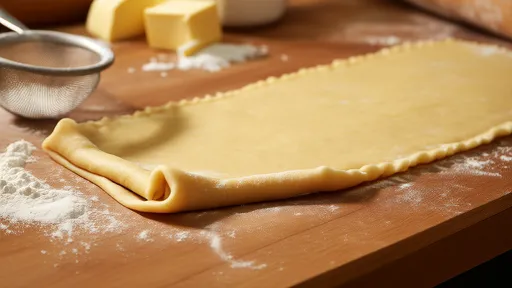
By /Aug 11, 2025
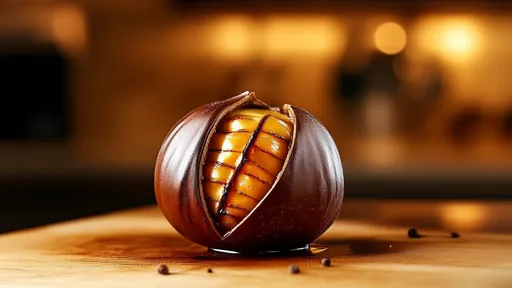
By /Aug 11, 2025
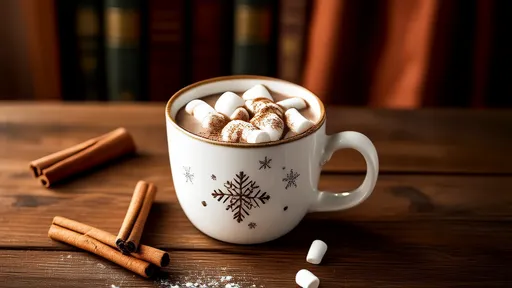
By /Aug 11, 2025
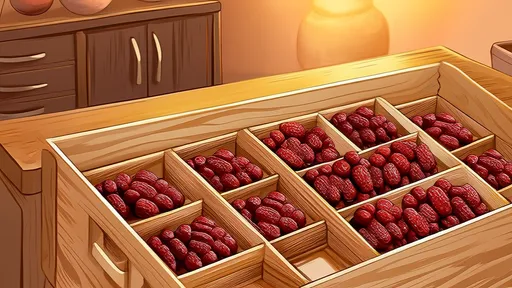
By /Aug 11, 2025
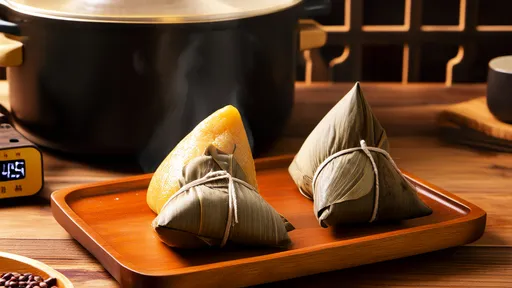
By /Aug 11, 2025
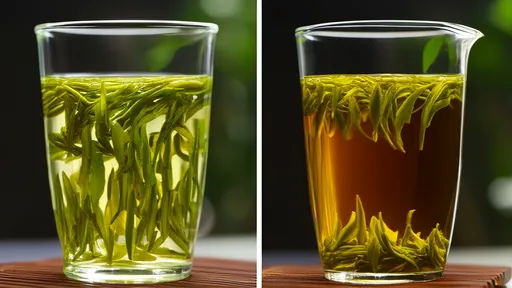
By /Aug 11, 2025
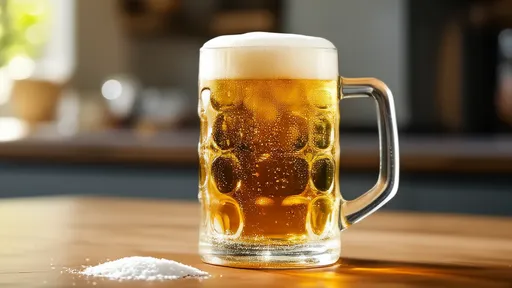
By /Aug 11, 2025
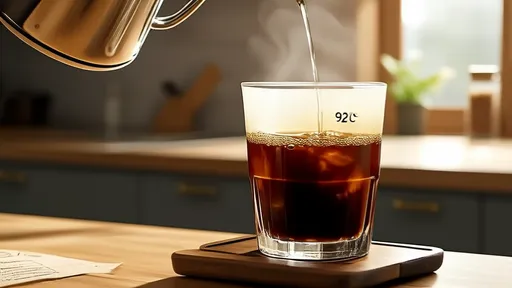
By /Aug 11, 2025

By /Aug 11, 2025